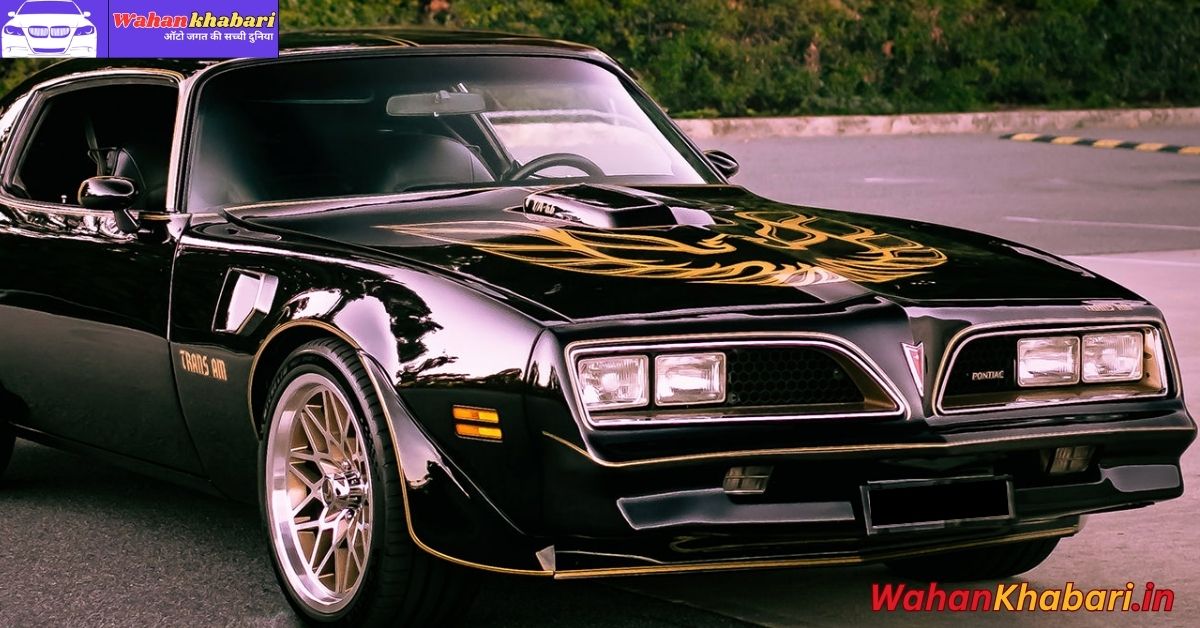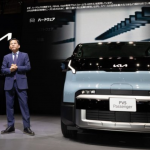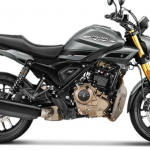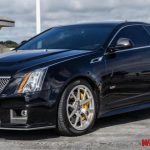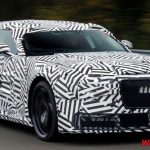For decades, the Pontiac Firebird Trans Am roared through the streets and into the hearts of car enthusiasts across America. With its aggressive styling, thunderous V8 engines, and pop culture fame, the Trans Am was more than just a car—it was a symbol of freedom, rebellion, and raw horsepower. But by 2002, this beloved muscle car vanished from showrooms, leaving fans wondering: what happened to the Firebird Trans Am?
🐦 Birth of a Legend
The Pontiac Firebird was introduced in 1967 as General Motors’ answer to the Ford Mustang. Built on the F-body platform shared with the Chevrolet Camaro, the Firebird quickly carved out its own identity. In 1969, Pontiac unveiled the Trans Am performance package, named after the Trans-American racing series. It featured upgraded suspension, handling, and distinctive styling cues like the iconic shaker hood and rear spoiler.
Throughout the 1970s and 1980s, the Trans Am became a cultural phenomenon. It starred in movies like Smokey and the Bandit, where Burt Reynolds’ black-and-gold 1977 Trans Am became an instant classic. With its screaming chicken hood decal and T-top roof, the car embodied the swagger of the era.
🔥 Evolution and Performance
Over four generations, the Firebird and Trans Am evolved dramatically. The second generation (1970–1981) brought more aggressive styling and powerful engine options, including the legendary 455 Super Duty V8. The third generation (1982–1992) embraced aerodynamic design and digital instrumentation, while the fourth generation (1993–2002) delivered modern performance with the LT1 and LS1 V8 engines borrowed from the Corvette.
By the late 1990s, the Trans Am was a serious performance machine. The WS6 package offered Ram Air induction, upgraded suspension, and 17-inch wheels, making it one of the fastest American cars of its time. It could sprint from 0 to 60 mph in under 5 seconds—a remarkable feat for a car that cost less than $30,000.
📉 Decline and Discontinuation
Despite its cult following, the Firebird faced mounting challenges in the early 2000s. Sales were declining, and GM was undergoing a major restructuring. Pontiac, once a performance-oriented brand, was losing its identity amid a sea of badge-engineered models. The Firebird’s platform mate, the Camaro, was also struggling, and GM decided to halt production of both cars in 2002.
The final Firebird rolled off the assembly line on August 30, 2002, at GM’s Sainte-Thérèse plant in Quebec, Canada. It marked the end of an era—not just for the Firebird, but for Pontiac’s legacy as a builder of exciting, affordable performance cars.
🏁 Why the Trans Am Disappeared
Several factors contributed to the Firebird Trans Am’s demise:
- Market Shift: Consumer preferences were shifting toward SUVs and trucks. Sports cars, especially those with large V8 engines, were becoming niche products.
- Corporate Strategy: GM was consolidating its brands and cutting costs. Pontiac’s lineup lacked cohesion, and the Firebird didn’t fit into the company’s long-term plans.
- Platform Challenges: The aging F-body platform was expensive to update. GM chose to invest in newer architectures for future vehicles.
- Brand Closure: In 2009, GM announced the discontinuation of the Pontiac brand altogether, sealing the fate of any potential Firebird revival.
🌟 Legacy and Revival Rumors
Though the Firebird Trans Am is gone, its legacy lives on. Enthusiasts continue to restore and modify classic models, and the car remains a staple at muscle car shows and auctions. Specialty companies like Trans Am Worldwide have even created modern reinterpretations of the Trans Am using Camaro platforms, complete with retro styling and supercharged V8s.
Rumors of a GM-backed revival have surfaced over the years, especially after the Camaro’s return in 2010. But with Pontiac officially defunct, a true Firebird comeback seems unlikely—at least for now.
💬 Final Thoughts
The disappearance of the Pontiac Firebird Trans Am marked the end of one of America’s most iconic muscle cars. It wasn’t just a victim of changing tastes or corporate restructuring—it was a casualty of a shifting automotive landscape. Yet, for those who remember the rumble of its exhaust and the thrill of its acceleration, the Trans Am will never truly be gone.
It lives on in garages, in movies, and in the memories of those who once gripped its steering wheel and felt invincible. The Firebird may have disappeared from production, but its spirit continues to soar.

Hello, my name is Muskan Kumari and I am an experienced Digital Marketer. I have been blogging for the last 3 years and I have special interest in SEO. Here I give you easy bikes and writes easy-to-understand reviews and news about the latest bikes, helping readers choose the best options.. My aim is to always provide you with accurate, new and useful information.
